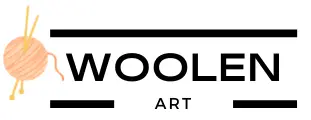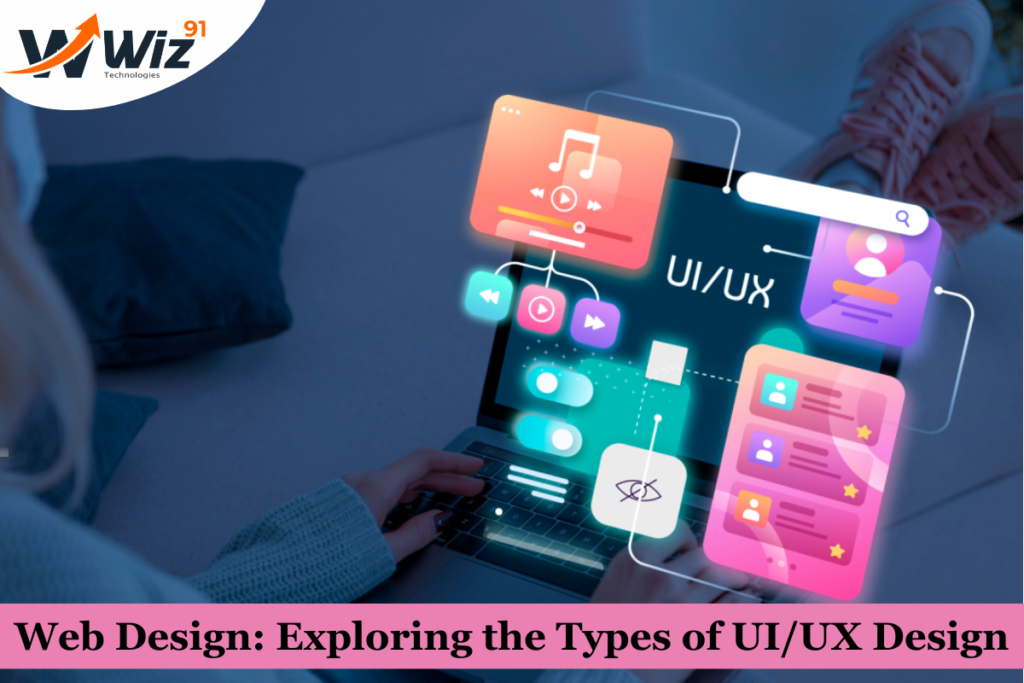The internet has woven itself into the fabric of our daily lives. From online shopping sprees to connecting with loved ones across the globe, websites act as our portals to the digital world. But have you ever stopped to think about the magic behind these engaging experiences? The answer lies in the artistry of web design and development, a multifaceted field that encompasses both user interface (UI) and user experience (UX) design.
This article delves into the fascinating realm of web design, unveiling the various types that exist and exploring their unique characteristics. By understanding these diverse approaches, we gain a deeper appreciation for the craft that transforms static pages into captivating experiences that capture the user’s attention and keep them coming back for more.
Diving into Diversity: Exploring the Dynamic Realm of Web Design
Understanding the Fundamentals: UI vs. UX
Before diving into the specific types of Web Design, it’s crucial to differentiate between UI and UX. While they are often used interchangeably, they represent distinct, yet interconnected, aspects of digital experience design.
-
UX Design (User Experience Design): Focuses on the overall user journey, encompassing usability, accessibility, and user emotions. It’s about understanding how users interact with a system, their needs, and pain points, and then crafting an experience that is both efficient and enjoyable.
-
UI Design (User Interface Design): Deals with the visual elements of a digital product, including layout, typography, color palettes, and interactive elements like buttons and menus. It’s about creating an interface that is not only aesthetically pleasing but also clear, intuitive, and user-friendly.
Therefore, UI design builds upon the foundation laid by UX design. UX defines the “what” and “why” of user interactions, while UI translates it into the visual “how.”
Navigating the Landscape: Types of UI/UX Design or Web Design
Now that we’ve established the distinction between UI and UX, let’s explore the diverse range of design approaches within each category.
1. UI Design Patterns:
These are established reusable solutions for common interaction problems. They serve as building blocks for creating efficient and user-friendly interfaces (Web Design).
- Common UI Design Patterns:
- Menu-driven Interface: Found in most software applications, it uses menus and submenus to organize and access features.
- Dashboard: Provides an overview of key information and functionalities, often used for managing complex systems.
- Search Bar: Allows users to easily find specific information within a platform.
- Wizard/Form: Guides users through a step-by-step process, often used for registration or data collection.
2. Interface Interaction Styles:
These categories define how users interact with a digital product:
- Command-Line Interface (CLI): Text-based interface using commands and prompts, primarily seen in older systems and developer environments.
- Graphical User Interface (GUI): The most common type, using visual elements like icons and buttons for interaction.
- Touchscreen User Interface (TUI): Designed for touch-based devices like smartphones and tablets, utilizing gestures and taps for navigation.
- Voice-Controlled User Interface (VUI): Enables interaction through voice commands, popularized by virtual assistants like Siri and Alexa.
- Gesture-based User Interface (GbUI): Utilizes user body movements or gestures as input, frequently used in gaming and virtual reality experiences.
3. UX Design Specialties:
These represent specific areas of focus within the broader realm of UX design (Web Design):
- Interaction Design: Deals with how users interact with a system, ensuring smooth and intuitive information flow and user actions.
- Visual Design: Focuses on the visual aspects of an interface, including color schemes, typography, imagery, and overall aesthetics.
- Information Architecture: Organizes and structures information in a logical and easy-to-understand manner, ensuring users can find and utilize information efficiently.
- User Research: Gathers and analyzes data about user needs, behaviors, and pain points through a variety of methods like surveys, interviews, and usability testing.
4. UI Design Trends:
While not strictly a type of UI Web Design, trends heavily influence and shape the visual choices made by designers. These trends evolve constantly, adapting to new technologies and user preferences:
- Minimalism: Emphasizes clean layouts, white space, and simple visual elements.
- Flat Design: Utilizes two-dimensional elements and bold colors, creating a clean and modern aesthetic.
- Microinteractions: Subtle animations and transitions that enhance the user experience by providing visual feedback and clarity.
- Dark Mode: A color scheme with a dark background and lighter text, gaining popularity for its improved readability and eye strain reduction in low-light environments.
India’s No.1 Online Election Poll: Election Leader
Beyond the Basics: The Interconnected Web Design
It’s important to remember that these categories often overlap and interact in the real world of design. UI design patterns are utilized within different interface interaction styles. UX design specialties like interaction design and visual design collaborate to achieve a unified user experience. Similarly, UI design trends can be incorporated within various design approaches to create an interface that is both aesthetically pleasing and user-friendly.
The Evolving Web Design Landscape: Embracing the Future of UI/UX Design
The field of UI/UX design is constantly evolving, driven by technological advancements and changing user expectations. As we move forward, exciting trends are likely to emerge:
- Augmented Reality (AR) and Virtual Reality (VR): Integrating these technologies into UI/UX design will create immersive and interactive experiences, blurring the lines between the physical and digital worlds.
- Artificial intelligence (AI): AI-powered chatbots, personalized recommendations, and intelligent interfaces will further enhance user experience by providing dynamic and context-aware interactions.
- Voice User Interfaces (VUIs) and Gesture-based Interfaces (GBUIs): These modalities will continue to gain prominence, shaping the way we interact with devices and demanding new design considerations.
Understanding the diverse types of UI/UX design equips us to appreciate the intricate tapestry of interactions that make up our digital experiences. By recognizing the distinct roles of each type and their interconnected nature, we gain a deeper understanding of the creative process behind the applications and interfaces that are shaping our world. As technology continues to evolve, the realm of UI/UX design will certainly play a critical role in navigating the digital future with efficiency, delight, and human-centered innovation.
Reach out to us to delve deeper into the realm of web design and development.










